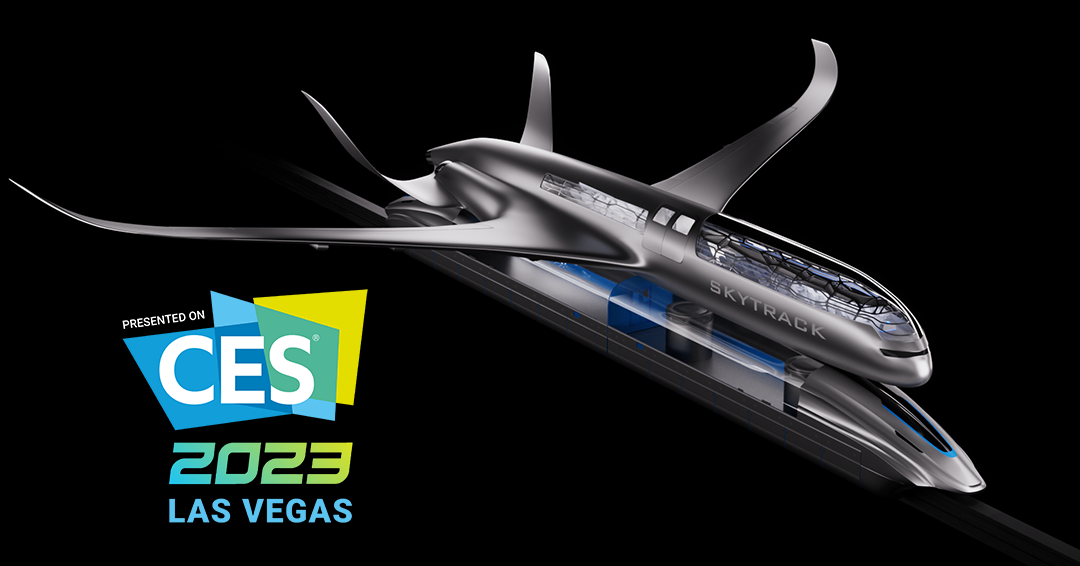3D Printing has revolutionized the prototyping and manufacturing industries by offering a more efficient, cost-effective, and flexible approach to product development. Here’s an overview of how 3D printing is used for prototyping and manufacturing:
Prototyping with 3D Printing:
- Rapid Prototyping: 3D printing enables the quick and cost-effective creation of prototypes. Designers and engineers can produce physical models of their concepts in a matter of hours or days, allowing for rapid iterations and design improvements.
- Reduced Development Costs: Traditional prototyping methods often involve expensive tooling and molds. 3D printing eliminates the need for these costly steps, reducing overall development expenses.
- Design Validation: Prototypes produced through 3D printing provide a tangible representation of a product’s design. This allows for in-depth design validation, ensuring that the product meets the intended specifications and functionality.
- Customization: 3D printing allows for the easy customization of prototypes to meet specific requirements. This flexibility is particularly valuable in industries like healthcare, where patient-specific medical devices can be created.
- Complex Geometries: 3D printing excels at producing intricate and complex geometries that may be challenging or impossible to achieve with traditional manufacturing methods.
Here is a 3D invention after printing, designed and modeled by VIDEOMENTOR STUDIOS:

Manufacturing with 3D Printing:
- Small-Batch and On-Demand Production: 3D printing is well-suited for small-batch and on-demand manufacturing. Companies can produce limited quantities of products economically, reducing the need for large, costly production runs.
- Supply Chain Optimization: 3D printing can help streamline supply chains by reducing the need for warehousing and long lead times associated with traditional manufacturing. Products can be produced closer to the point of demand, reducing shipping and storage costs.
- Reduced Material Waste: Unlike subtractive manufacturing processes that generate significant material waste, 3D printing is an additive process, using only the materials necessary to create the final product. This minimizes material waste and contributes to sustainability efforts.
- Complex Assemblies in One Piece: 3D printing allows for the creation of complex, fully assembled components in a single piece, reducing the need for assembly processes and improving product reliability.
- Material Variety: With a wide range of 3D printing materials available, including plastics, metals, ceramics, and composites, manufacturers can choose materials that best suit the specific requirements of their products.
- Innovative Design Solutions: Manufacturers can explore innovative design solutions that were previously impossible or cost-prohibitive, leading to the development of lighter, more efficient, and optimized products.
While 3D printing offers numerous advantages in prototyping and manufacturing, it’s essential to consider the specific needs of each project and choose the right 3D printing technology and material for the job. As 3D printing continues to evolve and become more accessible, it is likely to play an increasingly prominent role in the production of a wide range of products across various industries.
Looking to bring your product designs to life? VIDEOMENTOR STUDIOS specializes in high-quality 3D product design and modeling. Contact us today to explore how our expertise can elevate your project.

